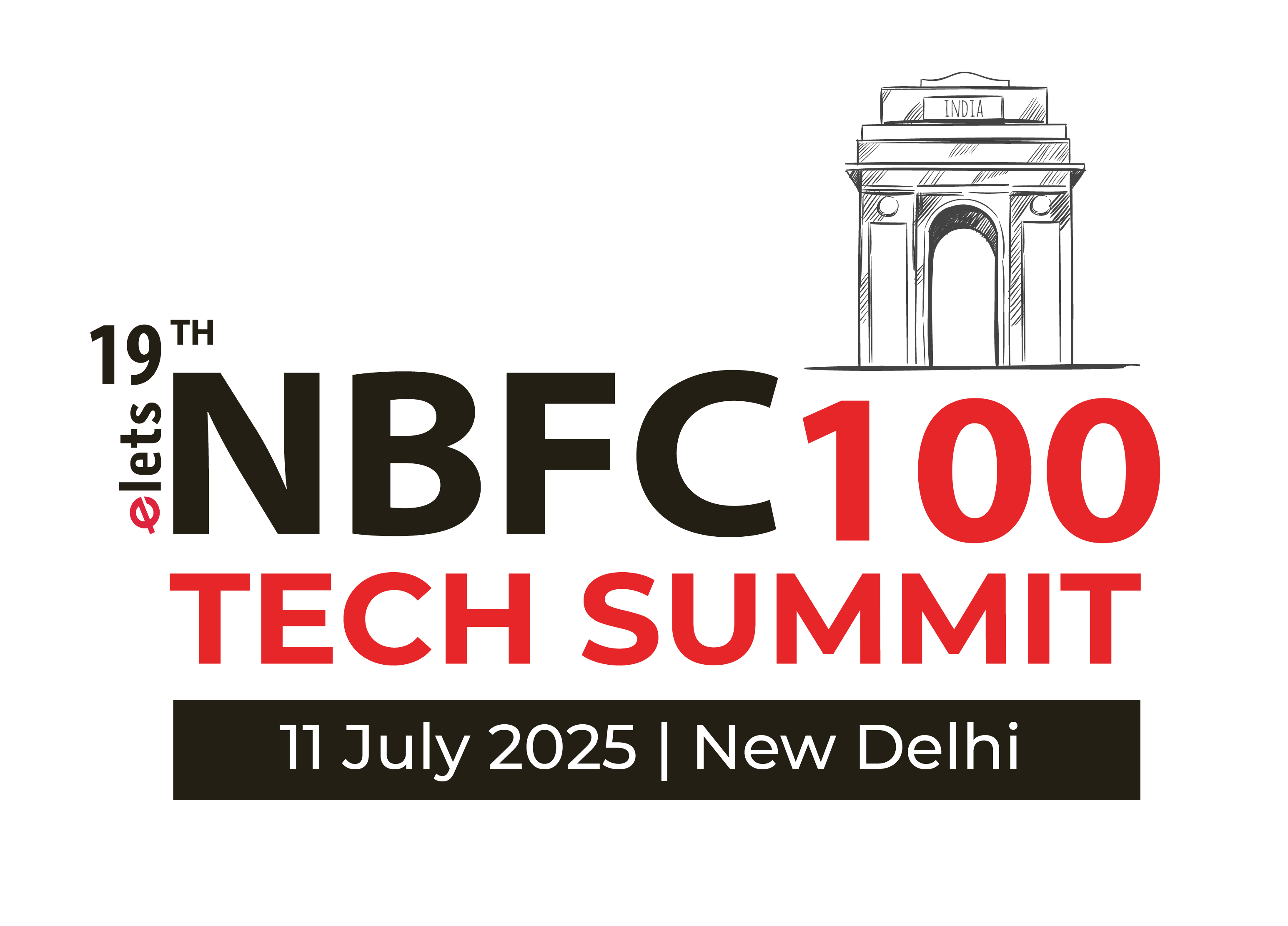India’s demographic dividend makes it the envy of many economies struggling to match its pace of growth. As affluence rises and the middle class grows, the need for financial protection is also on the rise. Today, nearly a third of the population – some 400 million people – still lack health insurance, and about 75% do not have life insurance. The government has already taken steps to bridge the 87% protection gap. Initiatives such as Pradhan Mantri Jan Arogya Yojana (PM-JAY) and Pradhan Mantri Jeevan Jyoti Bima Yojana (PMJJBY) aim to provide insurance coverage at affordable premiums.
Financial inclusion backed by digital innovation
A key challenge in expanding insurance coverage is educating citizens about its major role as an essential financial safeguard. The Reserve Bank of India (RBI) has encouraged domestic banks to establish Financial Literacy Centres (FLCs) across the nation, with more than 1,500 FLCs having been established since 2012. Through initiatives like the Centres for Financial Literacy (CFL) project, banks collaborate with NGOs to conduct financial awareness programs and promote sound financial practices. Insurers are also trying to bridge this awareness gap through digital outreach initiatives and online financial education for various demographic groups. They also employ offline mediums to disseminate information.
To enhance access to financial services, especially for low-income social groups that are vulnerable to financial shocks, both banks and insurers are developing digital-first financial products that can be accessed via mobile devices. Digital tools are being used to assess risk, optimize premiums, and streamline processes to help unbanked Indians access insurance and other financial products. Insurers have also been maximizing new product development by utilising IRDAI’s Regulatory sandbox to gain faster clearances and approvals, helping them to introduce new digital products and services at a pace never seen before. The IRDAI has allowed Corporate Agents (CAs) and Insurance Marketing Firms (IMFs) to partner with up to nine and six insurers, respectively, for life, health, and general insurance distribution. This enables prospective customers and existing policyholders to buy insurance through a variety of digital and physical channels.
Expanding reach through bancassurance
With around 77% of Indians having a bank account, insurers are increasingly leveraging partnerships with banks. These collaborations provide customers with convenient and easy-to-access insurance products through an additional trusted channel. Digital verifications and electronic Know Your Client (e-KYC) features in banking infrastructure help to streamline the insurance application and approval process. Additionally, such partnerships can offer more personalized options and seamless service.
Also Read | New Era of Banking: Payment Banks Raise the Bar in India
Over the past decade, India’s insurance and banking sectors have actively collaborated to address the country’s significant insurance gap. The insurance industry has increased on-ground awareness programs, developed customizable insurance products, and expanded digital outreach, while banks have introduced digital payments, facilitated digital verification, and helped insurers reach both urban and rural geographies.
This collaborative approach, coupled with continuous digital advancements, is set to drive the next wave of growth in insurance penetration, bringing India closer to achieving the vision of ‘Insurance for All’ by 2047 and ensuring comprehensive protection for all citizens.
Views expressed by Mohit Bahuguna, Chief Distribution Officer, Banca Retail, Partnerships, Group, Alternate and Business Development, PNB MetLife
Elets The Banking and Finance Post Magazine has carved out a niche for itself in the crowded market with exclusive & unique content. Get in-depth insights on trend-setting innovations & transformation in the BFSI sector. Best offers for Print + Digital issues! Subscribe here➔ www.eletsonline.com/subscription/




















